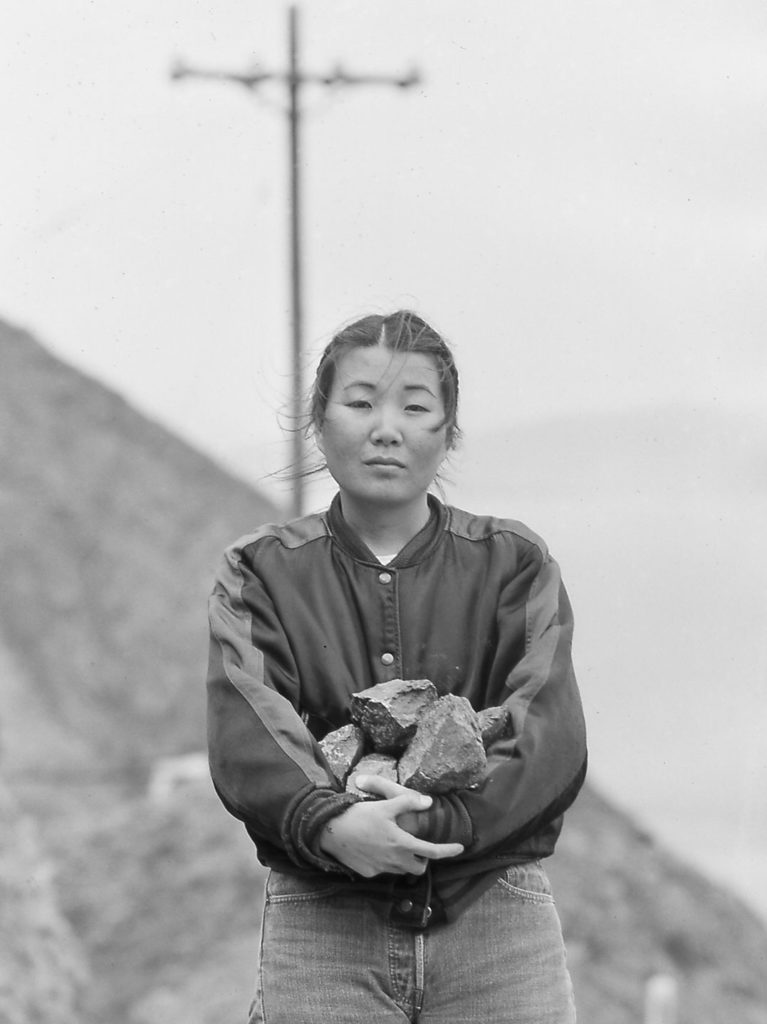
A State Beyond Sorrow is an intimate remembrance of groundbreaking artist Theresa Hak Kyung Cha. In life as well as in her art, Cha embodied a calm intensity that contrasted sharply with the aggression she encountered in the world. Born during the Korean War and later forced to immigrate at the age of twelve to escape from the post-war political turmoil, Cha learned first hand that our experiences of this world are divisive and often spiral into violence, causing immense human suffering. As an artist she tried to gesture towards another way of being and of relating to one other.
During her all too brief life, Cha created an impressive body of work in poetry, film, video, installation art, performance, artists’ books and mail art that combined a unique spiritual vision with theoretical practice.
Cha made art to seek and share a deeper truth of our being. Her works were offerings, leading us to a different way of relating to our world, ourselves and one another as already deeply connected and related. As exemplified by her mail art and installation art piece: Audience Distant Relative.
For Cha, the audience occupied a special role as a collaborator and an active producer of their own meaning of her artwork, creating multiple telling with multiple offering. Through her art practice Cha enacted a psychic dream space of collective reminiscing and communion with the audience. She described this experience as “an overwhelming sensation that almost resembles a return, an abandon, a salvation from the struggle of being human, to only the purest of pure,” to a state beyond sorrow.
The film traces Cha’s emersion with suffering and how she transformed this experience through her art practice. Told through a montage of voices, text and image, the film takes the audience on a journey of discovery of Cha’s spiritual vision and art practice and in the process to gain some insights about ourselves. Drawn from memories, artifacts and Cha’s imprint on others, the narrative traces Cha’s roots, rise and death, and her continuing influence as a creative pioneer who came of age during the transformative culture of 1970s.
For many artists Cha expanded the dimensions of what art making can be. For some, discovering Cha’s work is akin to falling down a rabbit hole. It can be a life altering journey of self discovery, a journey home.
On November 4, 1982, Cha is brutally murdered in New York City at the age of 31, the same week her acclaimed experimental novel DICTEE is released. This film evokes a powerful female voice and brings to life a body of work that resists being silenced, engaging audiences and echoing over and over again through many voices.
